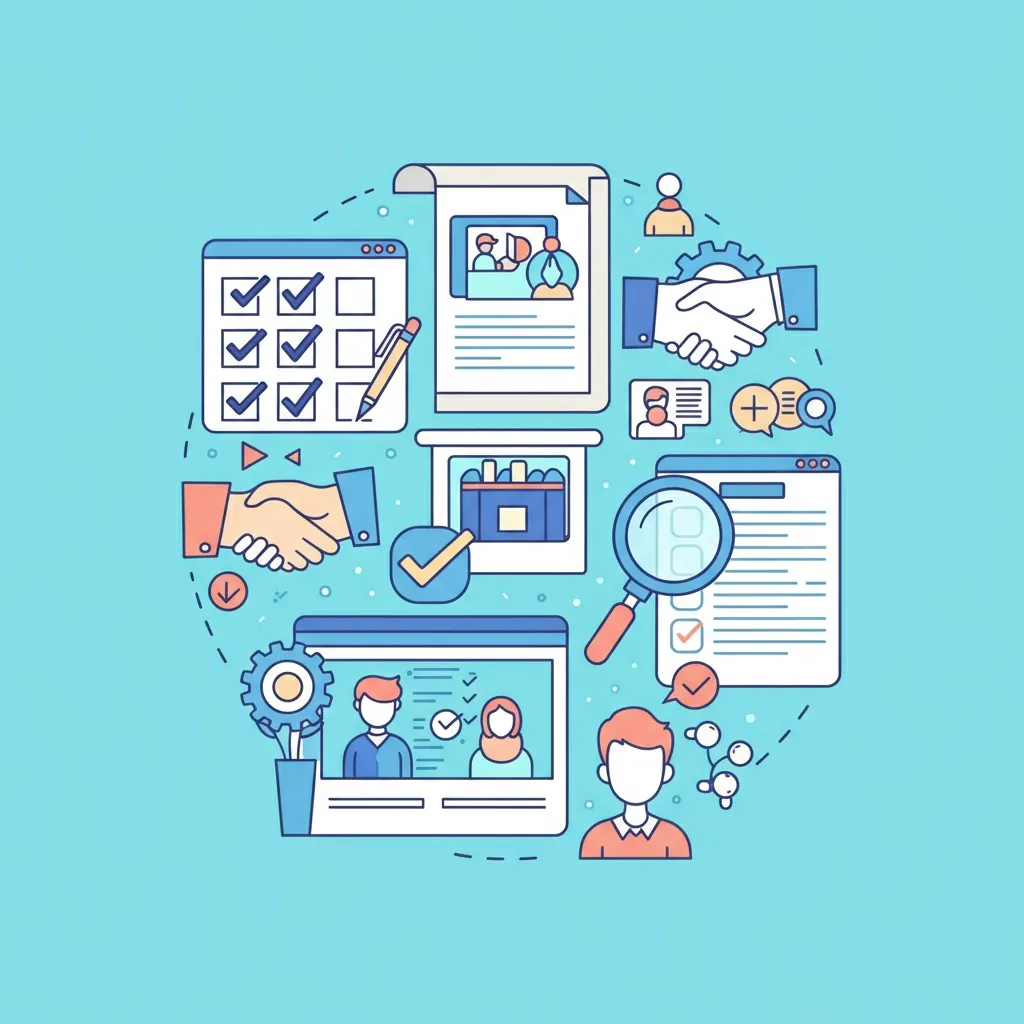Understanding website design costs is crucial for businesses planning to create or revamp their online presence. Whether you’re a small start-up or an established enterprise, your website is often the first impression customers have of your brand.

Investing in professional website design ensures a seamless, high-performing site that engages users and drives conversions.
But how much does it actually cost? And what determines those costs? Below, we’ll break down the factors, pricing models, and hidden expenses so you can budget effectively for your website project.
Factors Influencing Website Design Costs
Website design pricing isn’t a one-size-fits-all scenario. It varies depending on a range of factors. Here’s what impacts the costs:
1. Project Scope
The size and scale of your website play a significant role in determining the overall cost. A simple website with 5–10 pages will naturally cost less than a larger one with 50+ pages, multimedia elements or custom functionalities.
Examples:
● Small business website: Often limited to a homepage, about page, and a contact form.
● Enterprise website: Typically involves complex integrations, user dashboards, and lots of interactive elements.
2. Complexity of Design
Highly customised designs that require extensive coding, animations, and unique layouts generally take more effort and expertise, driving up costs.
Agencies offering pre-built templates or simpler customisations tend to charge less.
3. Features and Functionality
The more features your website needs, the higher the price. Common add-ons include:
● E-commerce capabilities like product listings and shopping carts.
● Integrations such as CRM tools, chatbots, or payment gateways.
● Enhanced user experience elements like dynamic content or interactive design.
4. Agency Location
Where your agency operates matters. Agencies located in the US, UK, or Australia typically charge higher rates compared to ones in Eastern Europe or Asia.
However, your choice should prioritise quality over solely focusing on cost.
5. Agency Expertise
An experienced agency with years of work and a portfolio of high-profile clients may charge premium rates, but they bring reliability and proven results.
On the other hand, newer or smaller agencies may offer competitive pricing but could lack experience.
Website Design Pricing Models

When hiring a web design agency, you’ll typically encounter different pricing models. Each has its advantages and disadvantages, so it’s important to understand what works best for your project.
1. Hourly Rates
Agencies often charge by the hour, which is ideal for smaller projects with undefined scopes. Rates can vary significantly:
● UK-based agencies charge between £75–£150 per hour.
● International agencies might start as low as £30 per hour.
Pros:
● Flexible for unexpected changes or long-term engagements.
● Transparent pricing based on actual hours worked.
Cons:
● Costs can escalate if the project timeline extends.
● Challenging to predict the total price upfront.
2. Flat Fees
Flat-fee models involve a one-time project cost agreed upon at the start.
● Small websites may cost £3,000–£8,000.
● Complex web apps or e-commerce platforms can range from £15,000–£50,000.
Pros:
● Clear upfront budget.
● Ideal for projects with a defined scope.
Cons:
● Might lack flexibility for mid-project changes.
● Agencies may overestimate costs to include a safety margin.
3. Retainers
Retainers are ongoing agreements where you pay a monthly or yearly fee for continual support and updates. This model suits businesses requiring regular updates.
● Typical retainers range between £500–£2,000 per month.
Pros:
● Covers website maintenance, updates, and minor redesigns.
● Builds a long-term relationship with the agency.
Cons:
● Higher overall investment over time.
● May include features you don’t fully utilise.
How Much Does a Website Cost?

The following ranges outline website design costs depending on the type and purpose of the site:
Small Business Websites
● Cost: £1,500–£10,000
● Often focuses on showcasing services and basic functionality like contact forms and blogs.
E-commerce Websites
● Cost: £10,000–£50,000
Includes product categories, payment processors, and inventory management systems.
Enterprise Websites
● Cost: £30,000–£100,000+
● Features custom APIs, advanced security, and scalability for high traffic.
Web Platforms/Apps
● Cost: £50,000–£200,000+
● These require complex coding, backend development, and integrations.
Hidden Costs to Consider
1. Ongoing Maintenance
Maintaining your website is vital for security, performance, and user experience. Maintenance packages typically range between £50–£500 monthly, depending on the complexity and traffic volume.
2. SEO Services
Search engine optimisation boosts website visibility. Expect to pay an additional £500–£5,000/month for services like keyword optimisation and technical SEO.
3. Content Creation
Good design requires excellent content, from written copy to multimedia. Content creation services can cost between £500–£5,000, depending on volume and complexity.
4. Stock Photos or Custom Graphics
While stock photos are inexpensive (£10–£100 per image), custom photography or graphics could add several thousand pounds to your total bill.
Tips for Choosing the Right Agency

To maximise your investment, it’s essential to choose the right partner. Here are some practical tips:
● Define Your Budget and Needs
Be clear about your financial limits and expectations. Look for agencies offering “custom web design solutions” to cater to specific requirements.
● Check Portfolios and Reviews
Always assess an agency’s previous work to ensure their style and capabilities align with your vision.
Ask About Additional Services
Some agencies offer bundled services like SEO and digital marketing. Explore whether they provide comprehensive “website design services” for better long-term value.
Compare Proposals
Don’t settle for the first quote compare multiple proposals to evaluate cost-effectiveness and offerings.
Prioritise Long-Term Relationships
Choose an agency that values building a partnership over quick projects. This ensures support for updates, scaling, and resolving technical challenges.
When weighing up website design costs, it helps to consider lessons from other businesses and expert advice.
For example, carefully reviewing agency portfolios and comparing SEO capabilities can prevent costly mistakes an approach recommended by industry guides.
Agencies may also highlight the importance of clarity on deliverables and transparent pricing as crucial steps to avoid hidden fees.
Locations can affect your decision too; local insight, such as choosing a Montreal-based firm, can help you find the right creative partner while still applying best practices from global advice.
Additionally, website redesigns are shown to have significant benefits improving user experience and conversion rates which can make that initial investment even more worthwhile.
Before making a decision, take the time to evaluate the full scope of services offered. Many modern agencies now provide comprehensive packages, including ongoing SEO, support, and digital marketing, which offer better value in the long run.
Getting multiple proposals and focusing on agencies that prioritize long-term relationships sets the foundation for continued growth and support as your business evolves.
FAQ: Website Design Costs
What factors influence website design costs?
Website design costs depend on the project's complexity, the number of pages, required features (such as e-commerce, integrations, or custom design), and the agency’s expertise or reputation.
How much does a basic website design cost?
A simple website design might range from $1,000 to $5,000, while more advanced or custom builds can start around $5,000 and go much higher.
Are there ongoing costs after launch?
Yes. These include hosting, regular maintenance, software updates, and optional SEO or marketing services to keep your site performing well.
What’s the value of redesigning an existing website?
Redesigning your website can deliver measurable improvements in user experience, search visibility, and conversions, making it a smart investment for growing businesses.
How do I make sure I get the best value for my money?
Compare agency proposals, review portfolios, ask detailed questions about both upfront and ongoing costs, and choose a team with a proven track record of partnership and positive results.
Final Thoughts
Website design is a crucial investment that can make or break your digital success. By understanding the factors that influence costs, common pricing models, and hidden expenses, you can budget effectively and choose the right agency that aligns with your business goals.
If you’re searching for high-quality website design services or need expert guidance .
Feel free to reach out to New Web Order for professional guidance!



